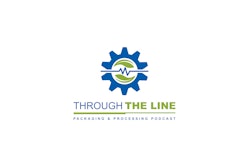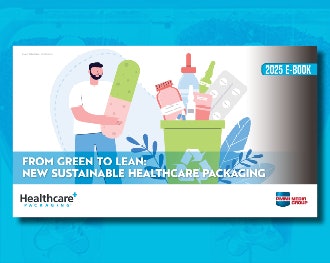U.S. scientists have been waiting for years to conduct studies on cannabis for to further medical research. Marijuana for research has historically only come from one source, the University of Mississippi, hindering research efforts that seek to study the variety of strains available on the market now.
Despite state legalization progress, the federal government has not bolstered cultivation for research. In 2019, the DEA was sued for shrugging at its own application process for medical marijuana testing.
According to Marijuana Business Daily, the tide may finally be turning. The DEA released a statement that it would soon award licenses for cultivating marijuana for research, issuing “Memorandum of Agreements” (MOAs) to “a number” organizations that applied. So far, three organizations have confirmed receipt of MOAs.
As Omar Sacirbey writes, “The move will allow greater research into marijuana and its potential medicinal properties. That, in turn, could spur more doctors to recommend medical cannabis, which likely would boost sales.”
Perspective
As I wrote in 2016 for Healthcare Packaging, the schedule I status of marijuana with “no currently accepted medical use” is a tough pill to swallow when considering the issue logically.
- The NIH has been funding marijuana research in Israel since 1964, and has spent millions, particularly on Dr. Raphael Mechoulam’s research. Overseas NIH grants, which are typically hard to come by, were supplied to the decorated doctor until 2010, at which point he stopped applying for grants. Dr. Mechoulam was awarded the Lifetime Achievement Award from the NIDA in 2011.
- Marinol is an FDA-approved schedule III drug (approved in 1985) whose active ingredient is a synthetic form of THC. Having an approved synthetic compound, but maintaining the stance that marijuana has no accepted medical use is like announcing vanilla doesn’t belong in a cookie recipe, and then specifically approving the use of an imitation vanilla compound in the recipe after rigorous testing.
- U.S. patent 6630507, titled “Cannabinoids as antioxidants and neuroprotectants” was awarded as a medical application in 2003. The owner of the patent… the HHS (the department that wrote in its recommendation that marijuana has no accepted medical use). This is particularly frustrating in practice, as the NIH acknowledges the medical potential in some compounds but not the medical value of marijuana.
This stance is keeping people from a potentially life-saving or life-improving treatment by not allowing for the proper research to determine benefits and side effects. Desperate parents, like the ones in this story, travel to states like California and cross state lines with CBD in their trunks for their seizure-ridden children. Others have relocated to Colorado to live where they can access the substance.
For more information on all things cannabis access the 2021 Packaging for the Cannabis Market Report from Packaging World.























